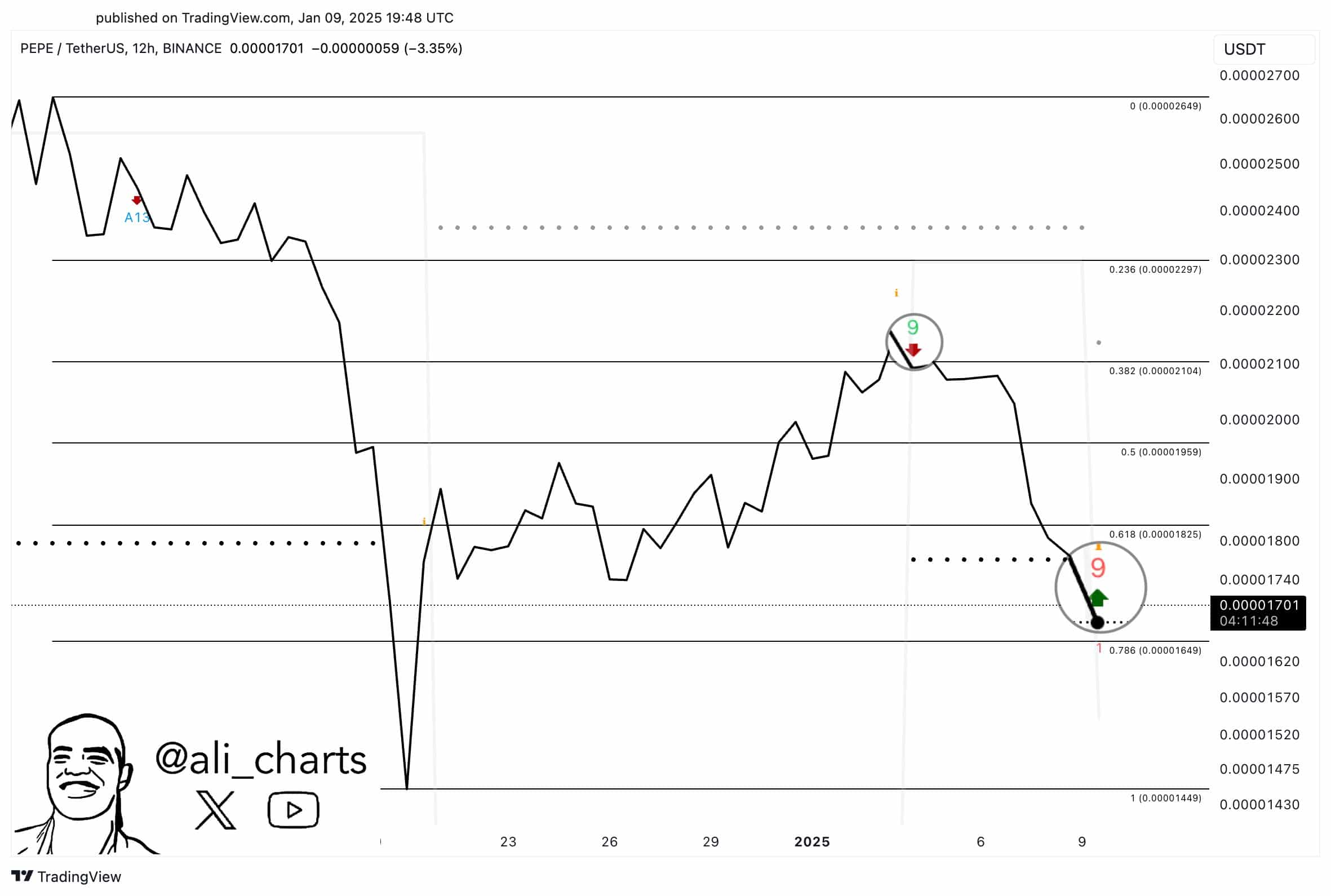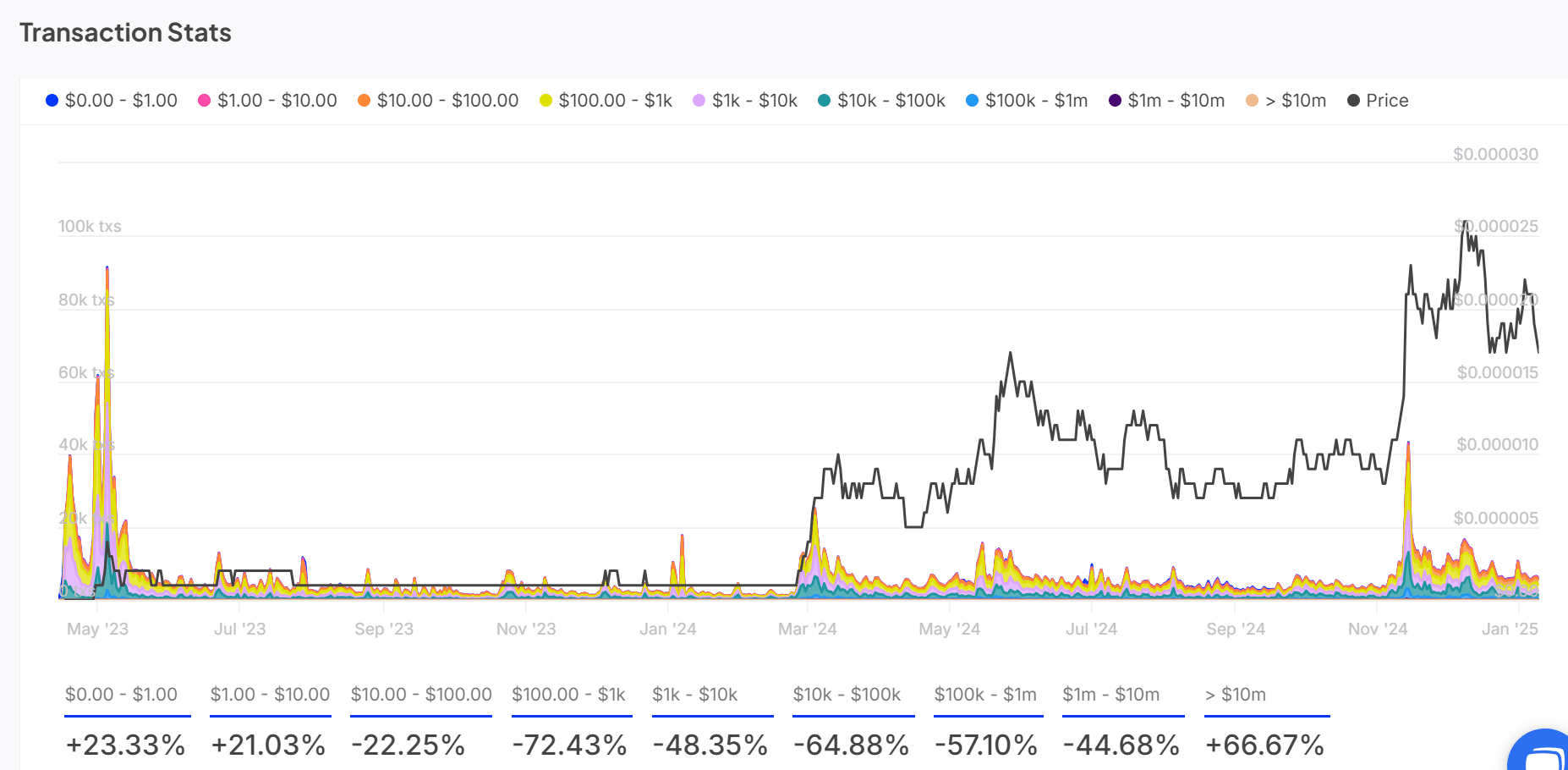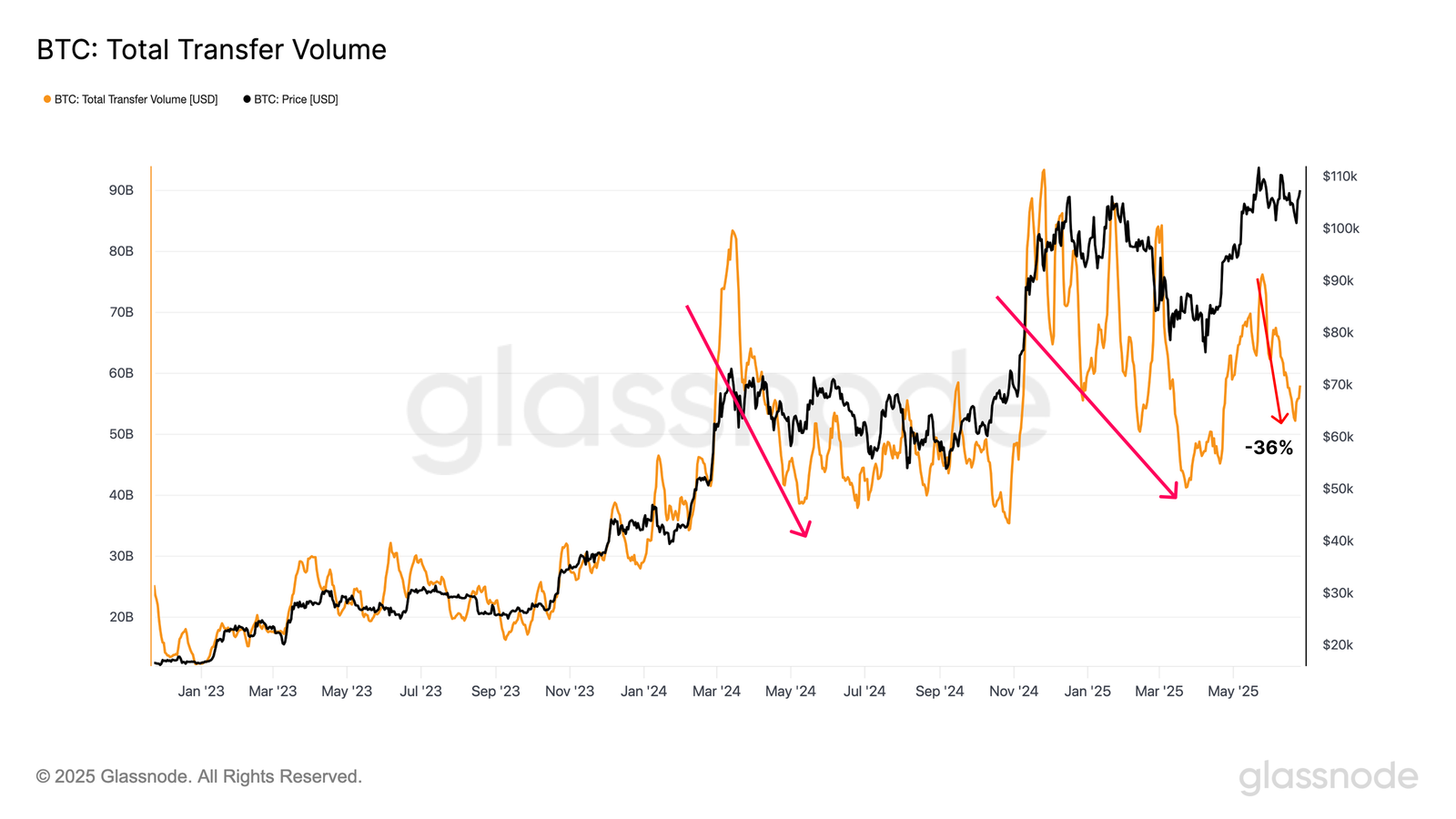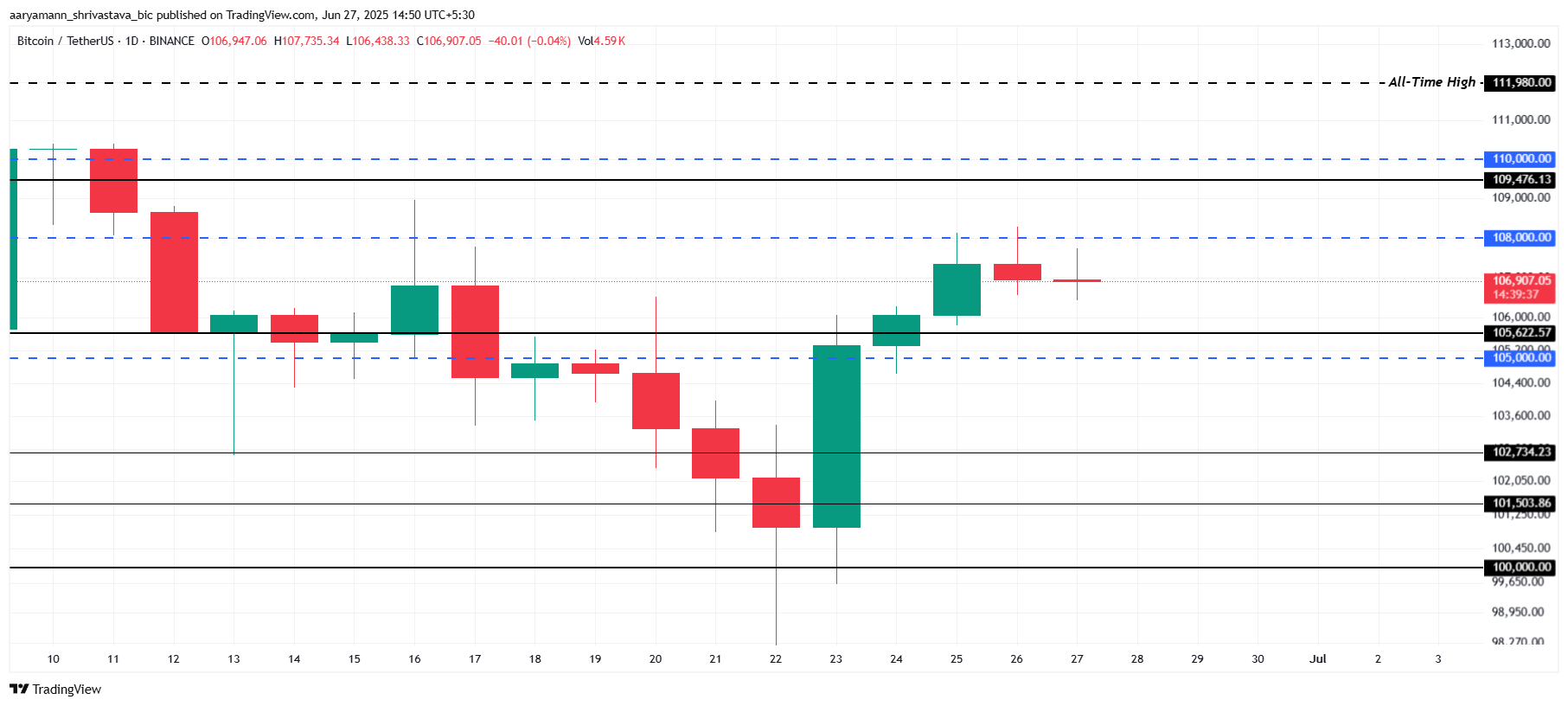Pepe (PEPE) experienced a significant 20% price correction after the TD Sequential indicator flashed a sell signal on its 12-hour chart. However, recent developments suggest that PEPE might be on the verge of a recovery, as the same indicator now presents a buy signal, fueling optimism for a potential rebound.
At press time, PEPE was trading at $0.00001745, having seen a slight 1.89% drop over the last 24 hours. As traders assess PEPE’s next move, key resistance levels and support zones are under intense scrutiny to gauge whether the token can regain bullish momentum or face further consolidation.

Key Support and Resistance Levels
PEPE is holding above its crucial $0.00001662 support level, which remains pivotal for any potential upward movement. The next major resistance level lies at $0.00002200, a key hurdle for traders to monitor. Currently, the Relative Strength Index (RSI) sits at 41.59, indicating that PEPE is in an oversold condition. This suggests an opportunity for buyers to accumulate, but the token must break the descending trendline to confirm a bullish reversal. Failing to maintain support could push PEPE into another downward spiral.
Undervaluation and Buying Opportunity
PEPE’s Market Value to Realized Value (MVRV) ratio recently dropped to 41.92%, signaling that the token might be significantly undervalued. With most holders sitting at a loss, this could represent a favorable buying opportunity for new investors. However, a rally will require stronger market confidence, and a surge in buying pressure could push PEPE higher, but sustained momentum will be necessary to solidify gains.

Retail Activity and Market Imbalances
PEPE’s daily active addresses remain moderate at 4,583, indicating limited retail activity. Interestingly, transactions in the $10-$100 range have surged by 66.67%, showing growing interest from smaller investors. This retail-driven activity might offer short-term support, but larger investor participation is crucial for a lasting rally.

Additionally, liquidation data reveals a market imbalance, with long liquidations at $410.98k compared to shorts at $114.55k, suggesting heightened volatility. As short-sellers cover positions, PEPE could see a temporary upward push, but broader market conditions will play a key role in sustaining any recovery.
Also Read: US Inflation Climbs to 2.7% in November 2024: Will the Federal Reserve Continue Interest Rate Cuts?
In conclusion, PEPE’s future price action hinges on its ability to break resistance at $0.00002200 and maintain support at $0.00001662. A boost in retail activity and overall market confidence will be crucial for a sustained rally.








